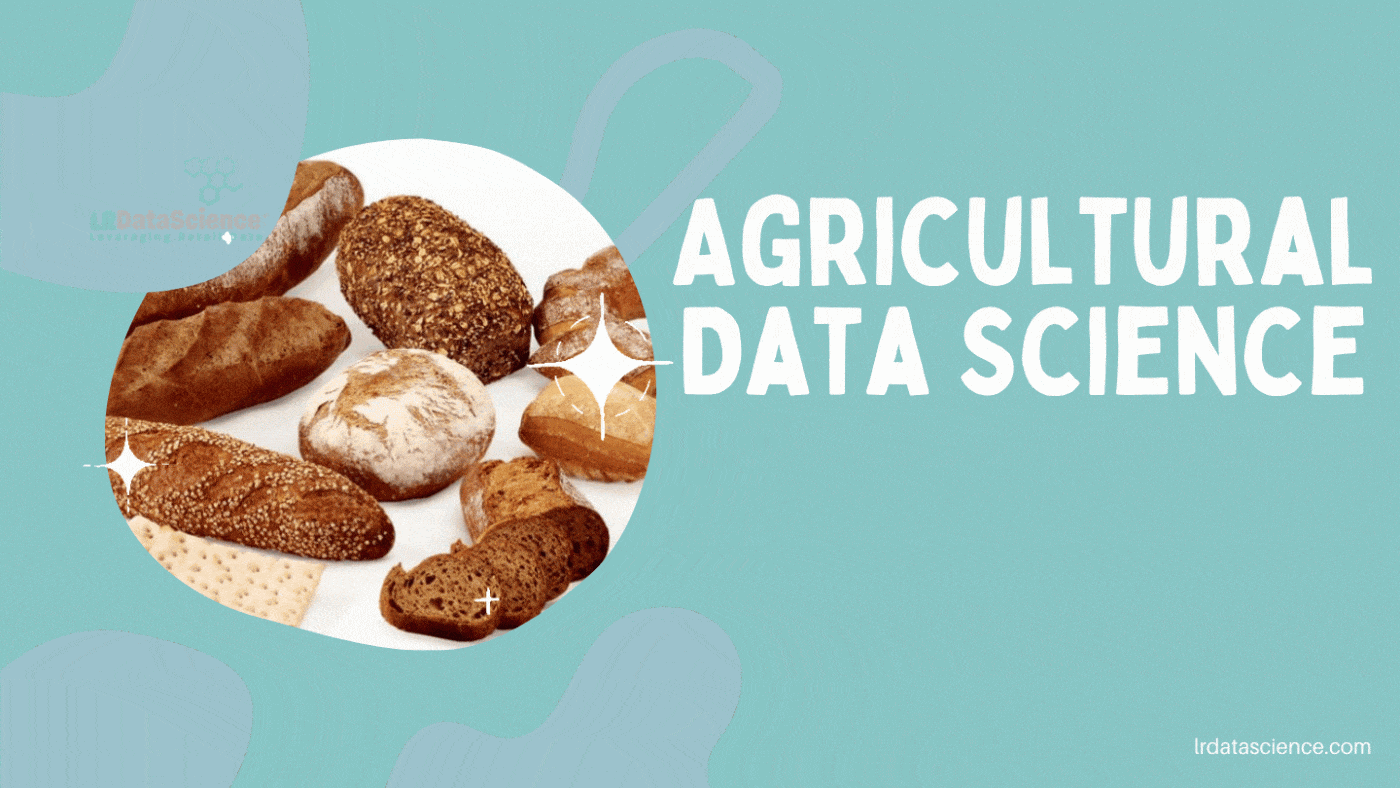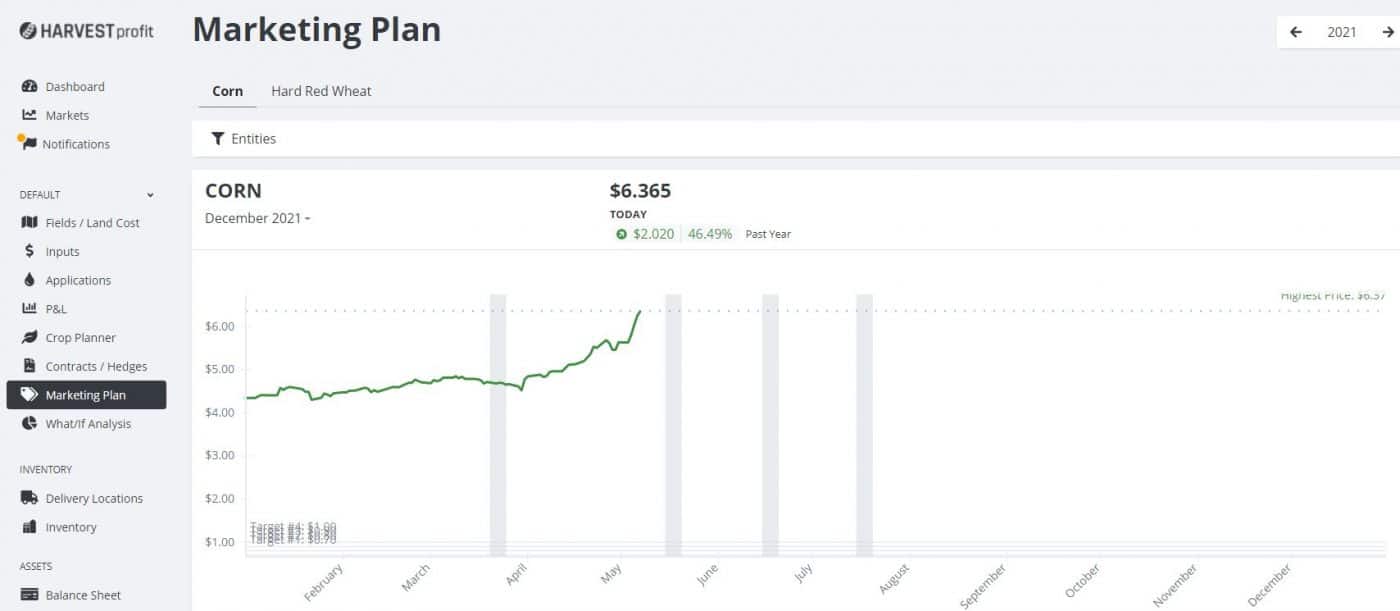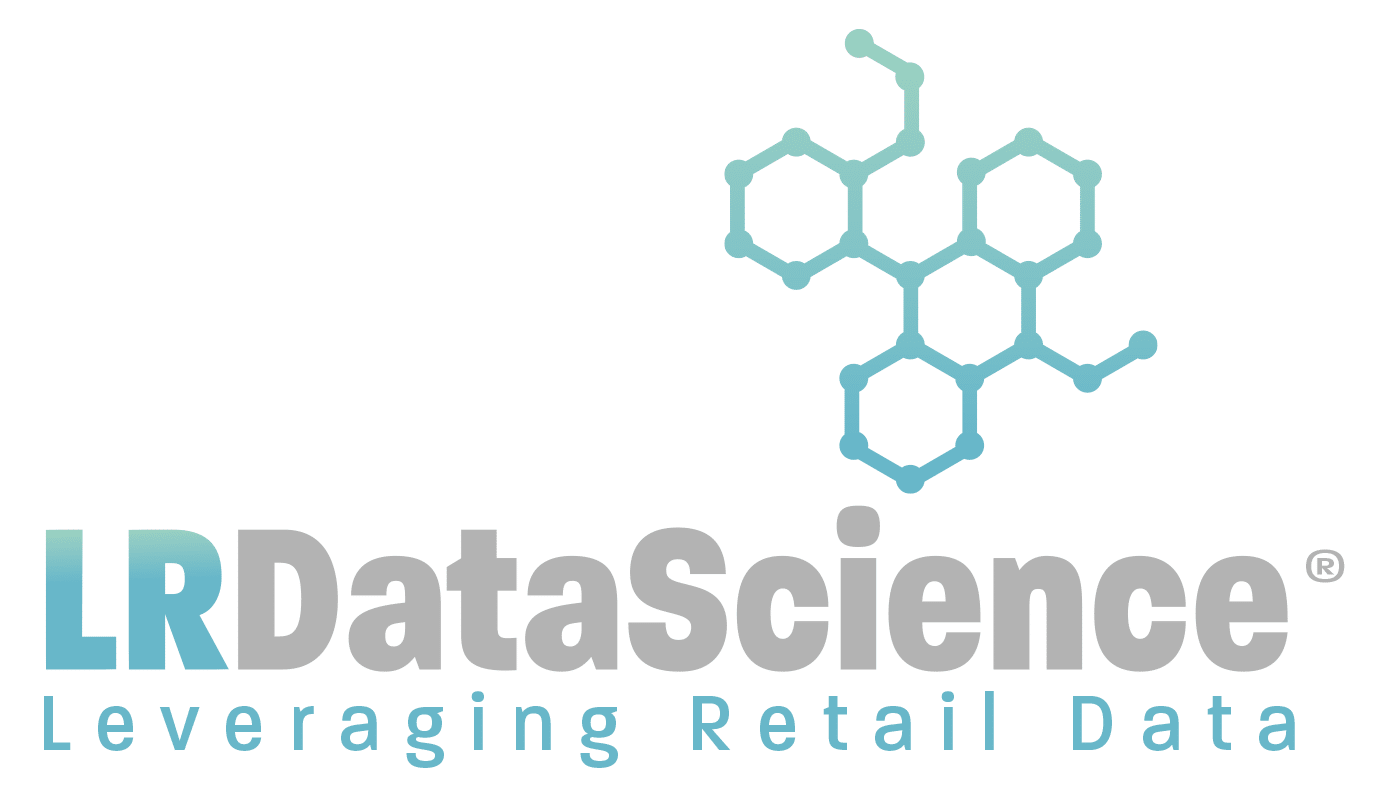Our Mission is to foster Profitable Farming thanks to Agricultural Data Science. We have built a full Data Integration infrastructure that is ready to provide Data for all Grain Marketing decisions. It also help to shorten the Supply Chain between the Farmer and the Artisan Bakers.
For Marketing Purposes, we also provide Food Data using Spoonacular API. It will help selling your Ingredients as part of Recipes.

Profitable Farming thanks to Agricultural Data Science

From the Farmer decision to the Food Retailers, we help to bridge the information flow. Until now, the Ingredient producer had very little information about the final Consumer. Using our Data platform, the Manufacturer can make decisions based on actual insights.
The biggest Commodity most Farms are lacking is Data. Our System helps gather valuable Data from the main manufacturers to feed all Farm Management tools like our Proprietary platform or the John Deere Operations Center.

Collecting Data is LR specialty
There are a lot of great tools available today for Farmers, but they all require exhaustive Data to properly provide intelligent Precision Ag Data. Our service oriented architecture helps all sources of Data, whatever the Manufacturer, to aggregate in one central repository.
From John Deere to Claas, we connect all sources to make sure all important Data are available. Data include Crop Yield, Fertilizer and Chemicals Spread, Seeds usage. These Data can be used as inputs to powerful Farm Management Software like Harvest Profit.

Grain Marketing improved by Agricultural Data Science
Grain marketing in our modern society is how farmers, who may want to browse around this site, sell what they grow, and it allows them to sell on a large scale. Customers may include everyone from ranchers who need feed for their livestock to ethanol factories. Seven grains and grain derivatives are followed by our Market bot.
Grain marketing and trading happen extensively through futures contracts. These legal documents set an amount of grain and price per bushel for delivery at a future date. Hedge traders use these contracts to mitigate their risk in the market.
Grain markets follow supply and demand closely, with a somewhat predictable cycle for each type of grain. In addition, the weather creates a significant impact on these markets and adds a layer of unpredictability inherent in all trading.
The LR Data Science suite of Agricultural Data Science solutions can help Farmers, Grain Buyers and Commodity Bankers to have the most accurate view of Grain value and basis.
Get Valuable Data to showcase to the Bank

Grain marketing in the volatile Markets is harder than ever. Having a fully Data-fueled real-time farm P&L helps to focus on what matters: the farm’s bottom line. Using Harvest Profit Farm Management grain marketing plan builder allows to build a profit-focused marketing plan. Making sure the Farmers can focus on their core business, they receive notifications when the plan’s price and/or date targets have been met. Focus on raising crops instead of fixating on market prices which none of us have any control over anyway.
Using the appropriate set of tools to tracking working capital on the farm will make the farm a star client with the lender and put the farm operator/manager in the driver’s seat. Working capital is lend-ability. Working capital is self-insurance and self-financing in crop peril and emergency.
Data fuels the Farm Working Capital
Working capital is current assets minus current liabilities on the balance sheet. A farm should aim for a healthy level of working capital. More lenders are lending on cash-flow rather than collateral in current times. Lenders are concerned about adequate working capital.
The right amount of working capital will show the farm is able to pay its liabilities on time. Adequate working capital proves the business has enough cash when needed. Surplus working capital will trigger farm improvements. When countering crop peril, working capital is self-insurance in tandem with crop insurance. A shortfall between the cost of production and a crop insurance indemnity is made right by working capital.
Getting the Food Manufacturer to sell online
Product Brand Owners and manufacturers have to work through distribution channels to market their products. Direct selling is not a growth model all by itself, as the usual best case scenario is topped at 20-50%. This is mainly because the Manufacturers are not organized nor equipped to run small quantity logistics and to prospect massive amount of retailers / customers. So even though we rely on them, are we sure Distributors are actually selling our products.
Distributors buy directly from wholesale manufacturers, then market those products through a network of retailers. Distributors handle the logistics and marketing requirements that manufacturers don’t want to or aren’t able to handle in house. The manufacturer-distributor relationship benefits both parties. At its best, this is a partnership that helps both partners meet their goals. But in order to get the most out of the relationship, Manufacturers and distributors need to carefully manage the relationship to make sure both parties are in alignment.
Adding the Online Selling channel to your Distribution mix will give you more visibility on Markets, Territories and Customers habits. Those Data are most of the time hidden by the Distributors as they are the main reason why you need them.
Book a Demo with LR Data Science
Throw us an email, fill up our LR Contact Form or speak to us in the below right chat box. We’ll answer quickly.
If you’re not yet using Technology, that’s OK. We can help you set up a fully functioning Digital Organization in really short time.

